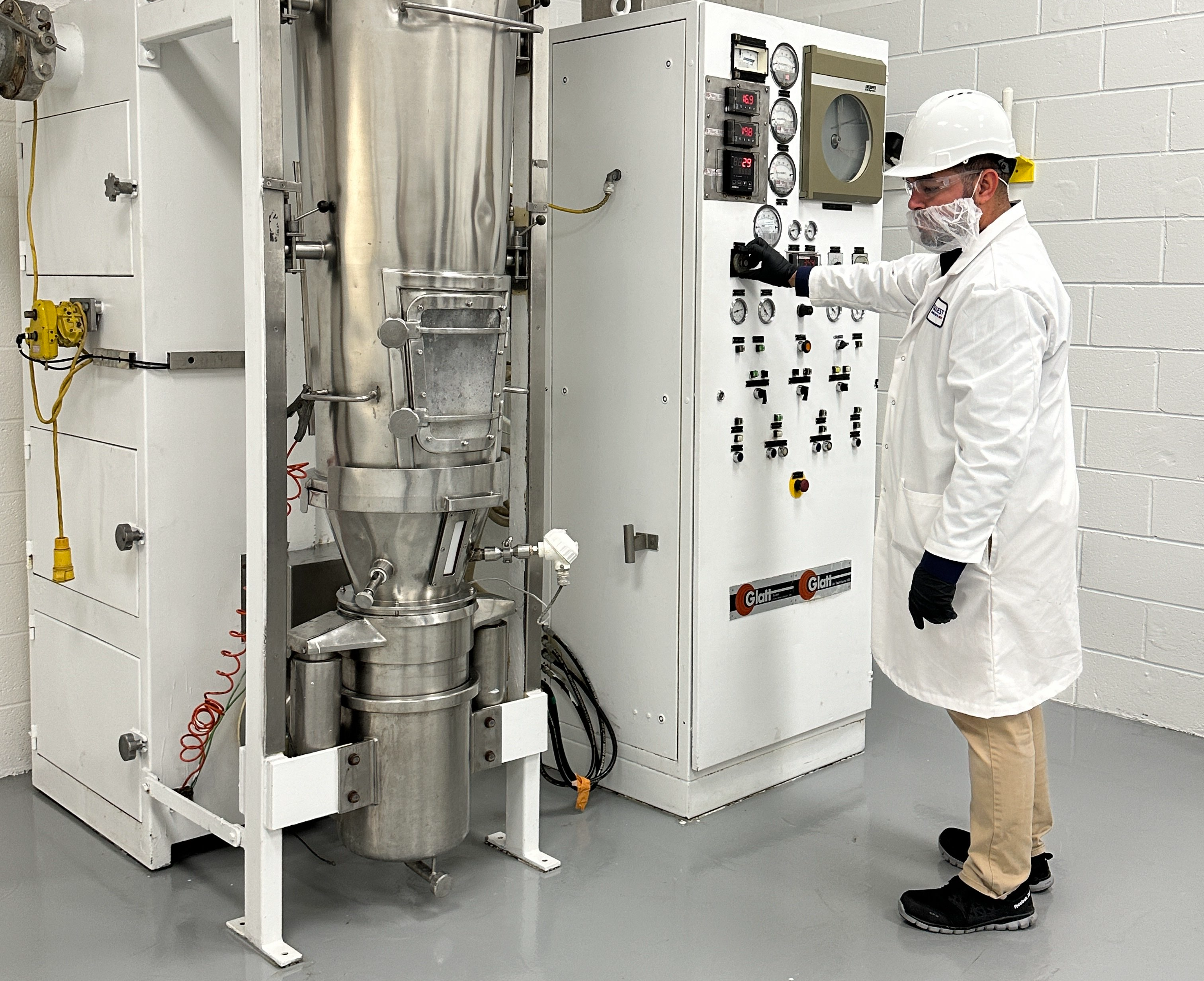In June, the Environmental Protection Agency (EPA) published a 500-page report highlighting the environmental impacts of atrazine, which is a widely used weed killer and water pollutant with potential negative health and environmental effects.
The EPA is required to review and evaluate the approval of pesticides used in the United States every 15 years. For the first time, the EPA has concluded that atrazine may pose a serious risk to wildlife and plants and has therefore opened the draft report forpublic comment.
It is important to note that atrazine, which is used on corn and other crops, has dangerous effects even at low levels. It commonly ends up in surface and groundwater, posing a risk for birds, mammals and fish. The chemical has been shown to have adverse effects on developmental, hormonal and reproductive systems. Atrazine run-off and spray drift from crop use may reduce plant biodiversity and could effect honey bees as well.
An estimated 70 million pounds of atrazine is used in the United States annually with more than 90% applied to corn. Atrazine is also a common herbicide for soybeans, sugarcane, oats and wheat, as well as being used to kill weeds in pastures. With at least 200 different weed-killing products on the market, in which atrazine is a component, the products may also be used for landscaping or mixed with other pesticides. The chemical has been banned in Europe due to its possible carcinogenic effects as well as health concerns due to hormonal, reproductive and developmental effects.
The EPA draft report will be open forpublic commentfor 60 days.
Published on WholeFoods Magazine Online, 8/3/16









